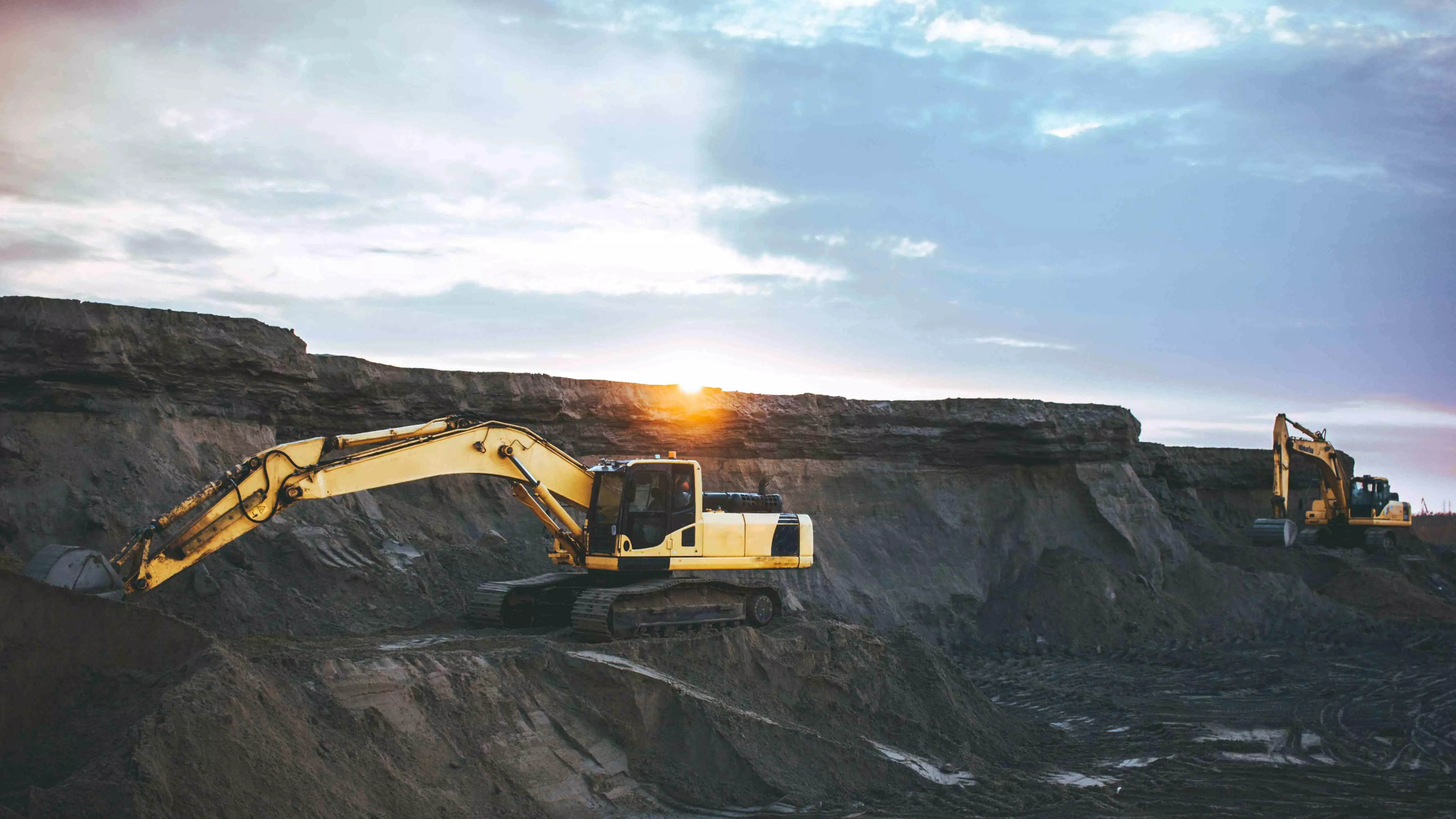Road to sustainability
Owing to its uniquely low per capita energy consumption, India needs to deploy a blend of fossil fuel and renewable energy, alongside resorting to practices like coal washing and price restructuring

In order to meet the climate challenge, most countries are pursuing transition from fossil fuel-based energy to renewable energy. In developed nations, where the energy consumption is saturated or growth is miniscule, any addition to renewable capacity causes corresponding phasing out of fossil fuel-based capacity. India stands out as an exception to this, where addition to renewable capacity complements addition to fossil fuel-based capacity.
This is because India is low in terms of per capita power consumption, being at one-third of world average, one fifth of China—a comparable country in terms of population—and one tenth of the developed world. This position is sure to undergo change as the country develops. In other words, the growth of energy consumption will rise exponentially, which can be met by growth in both renewable and fossil fuels, albeit at a slower pace for the latter.
As India's roadmap to meet the domestic energy demand stands out in sharp contrast to global trends, strong international headwinds are inescapable. India needs to develop and closely pursue a strategy to mitigate the fallout and insulate the great Indian Growth Story from being adversely impacted by the headwinds. As a corollary, this will call for concerted action to mitigate the environmental impact of rising use of coal for power generation.
While absorbing CO2 emission from coal usage by adopting Carbon Sequestration and Storage (CSS) or Utilisation (CSU) need cost-effective technology, for which India has to depend largely on developed nations, these are not forthcoming due to inadequate research funding by those countries. In each successive COPs, ending in COP28 at UAE in 2023, more pressure is getting built on advanced countries to come forward with infusion of funds estimated at USD 100 billion annually. However, the outcome has remained meagre. As it looks, sourcing cost-effective technology for CSS & CSU may have to wait for more time till R&D activities in this sphere takes off with adequate funds pouring in from advanced nations.
The other major initiative that India can take on its own is extensive washing of coal before usage. As recent experiments in a large opencast mine in MCL has demonstrated, state-of-the-art technology for coal washing reduces the energy content in rejects to a level where it cannot be used for any purpose other than landfilling or backfilling in mines. The yield of washed coal is over 85 per cent. Tests held at National Institute of Advanced Sciences (NIAS), Bangalore, indicate that the use of washed coal, besides reducing ash substantially, is able to bring down SOx, NOx and PM 2.5 particles. The technology is capable of recirculating water for washing, thus reducing input of water significantly. It's also power efficient.
Hence, large-scale use of this new technology should be implemented across the country to ensure complete avoidance of supply of mined coal within a limited time frame.
However, to make the process commercially viable, it is important to correct a long-pending discrepancy in the price structure of coal.
Internationally, the coal price in Rs/tonne moves exponentially higher @ 2.5-3 per cent for 1 per cent rise in Calorific Value (CV). In Rs/GCal terms — the price unit considered more relevant by consumers — the price moves upward @ 1.5 to 2 per cent for 1 per cent rise in CV. This allows the coal producers to undertake all necessary measures for processing and washing of coal. The price differential adequately takes care of the capex & opex incurred for quality improvement. No wonder that internationally, coal washing is practiced almost universally.
In complete contrast, the coal price in the Indian situation is flat in Rs/GCal terms, and is modestly linear in Rs/tonne particularly in the range of power grade coal (G9-G14). Coal washing is thus rendered commercially unattractive. Actually, the situation is more detrimental for coal consumers than producers. In Rs/GCal terms, the consumer at the destination end pays a higher price for lower grade coal and vice versa. This is primarily due to components like rail freight and GST compensation cess being fixed in Rs/tonne, thereby declining with rise in GCV of the coal supplied.
Hence, the price structure needs to be aligned with the trend prevailing internationally in terms of percentage rise/fall in price with each 1 per cent variation in GCV.
Bringing these measures in place at the earliest should help the country buy time to deal with international headwinds against coal-fired power generation along the way. This process needs to continue unabated till such time India reaches the per capita consumption levels where addition to renewable capacity leads to replacement of coal-based capacity instead of complementing it. Fast rise of renewable capacity onwards that stage will lead to equally fast phasing out of coal-based capacity, eventually enabling India become Net Zero by 2070, as committed by the Hon’ble PM at COP26.
The writer is former Chairman, Coal India Ltd. Views expressed are personal




